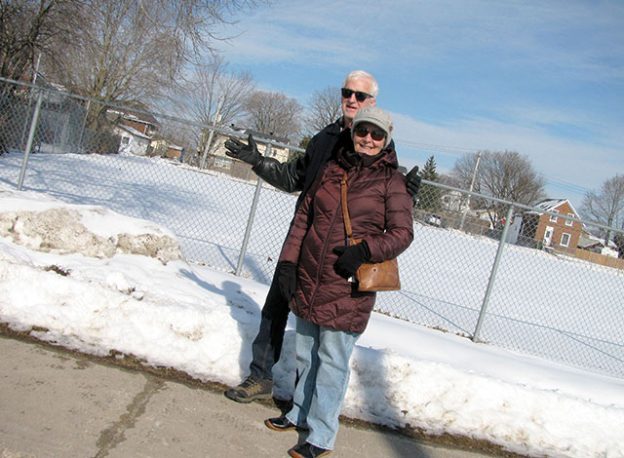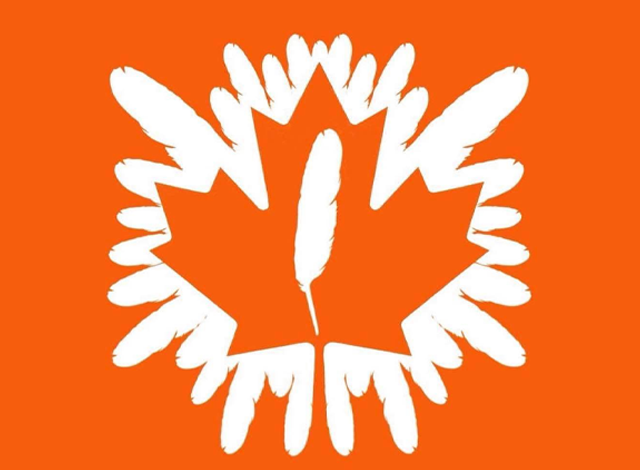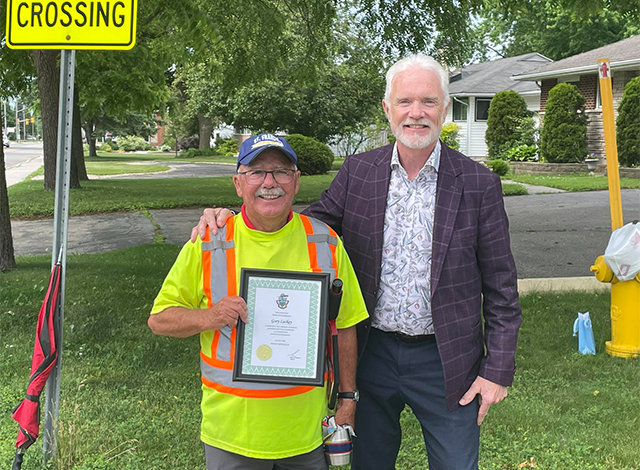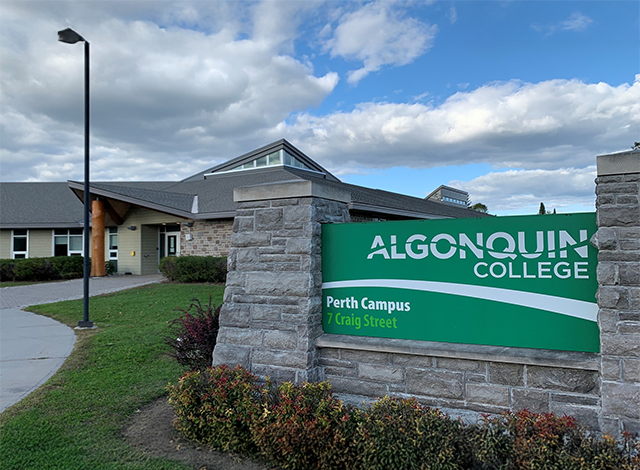SALLY SMITH
Let’s think about forests — leaves underfoot, tree canopy overhead, birds, bugs and bees. It’s wonderful to get out, to breathe, to listen.
In town that’s hard to do…but soon people in Smiths Falls will be able to see a tiny ‘forest’ growing in Corbett Park.
It all starts in April.
Dave Thornley and a crew of volunteers are building it; it’s based on a Japanese concept — the Miyawaki Method — developed, initially, to counter deforestation in that country after the War.
But first, after planting the seed at a REAL board meeting, he had to find land. Not much of a problem…there’s lots around. The issue was timing…and then getting permission. “I was under the gun,” Thornley remembers.
The deadline to apply to Trees Canada for $9000 of funding for the project was rapidly approaching — he had five days to get it submitted. He went to the Town, suggested four spots for the tiny forest, and the final decision was made for Corbett Park.
Mini (tiny) forests provide a variety of ecosystem services that offer both environmental and social benefits. From reducing air pollution to increasing biodiversity, and providing necessary habitat for wildlife, these small plots can have a big impact on their local environments. They provide much-needed green spaces for people to enjoy, offering mental health benefits and improving air quality. Mini forests also help reduce runoff, prevent flooding and mitigate the urban heat island effect.
SIDEBAR
• Green Communities Canada
He grins when he remembers this… ”within less than a week we got the land. Amazing! It can happen…!”
They hope to hear about the funding this March but if it doesn’t come through, REAL has agreed to go ahead with it anyway; a Go Fund Me site has also been suggested.
The tiny forest will grow between Chambers and Sussex, the northwest corner of Corbett park. Presently it’s a small park, bare except for children’s playground equipment. The planting will go at one end lending coolness on hot summer days.
There are other tiny forests around, Thornley says. Kingston has planted “six or nine of them over the last three years.”
He describes the work. “We’re doing the minimum size — 100 square metres. That’s about half a tennis court, not very big for 300 trees. Each square metre has three trees.” And because Kingston has done this before, the city is lending spreadsheets with methodology and what needs to be done.
There are two aspects, Thornley says — the first is planting the forest floor and the second is planting the trees. “You plant the floor first…which emulates the forest floor, and then the trees, three trees in one square metre.
”The idea is to plant close together. The undergrowth fights against each other, grows faster, and turns into a forest in 10 years.
“That’s the whole idea of a tiny forest.”
But you need a proper forest floor to do this. This is the layering to be done: cardboard, leaves, compost, and wood chips. All of this is coming from the landfill site in Smiths Falls “except for the cardboard,” Thornley explains. On April 13, when the initial work starts, he asks everyone to bring cardboard, the bigger the better. “We’re looking for b-i-g boxes.”
Cardboard keeps the weeds from growing and when the layering is complete, and the forest floor is down, the trees go in.
“The recommendation is to let it sit for six months and then, in October, plant the trees.”
How is all this going to happen?
“Volunteers,” Thornley says. “We need people,” men and women with trucks, teens who need volunteer hours, moms and dads and grandparents, and then wheelbarrows, rakes, hoes, gloves, sun screen. His hope is to make it a community event.
He suggests people give an hour or two and says it could be done in “four to six hours.”
Why trucks? Not for compost, he quickly says, knowing how guys and gals feel about their trucks, but to get leaf bags and cardboard to the site. There are 120 bags at the landfill — “they fill them, we just put them in cars or trucks and take them.”
And then, in October, the trees go in — three trees per square metre. Thornley says they have a list of 300 trees — “all sorts, canopy, mid-canopy, normal, bush, a mixture…not mature trees with the largest being small and easy to plant, saplings…”
He foresees only one problem — water.
The planting will have to be watered initially and then “once in a while, two or three times a summer.” He’s looked at the site and knows there are two fire hydrants fairly near. “Maybe the fire chief could give us an old hose to hook up,” he says, putting the thought out there, or maybe nearby houses could co-ordinate.
“We only need it a few times a year, not a lot.”
The new plants will be colour co-ordinated with tiny flags to identify location and type. “We care for it up to three years [this is where volunteers for watering and weeding come in], and then it should look after itself.”
In 10 years it will be a good looking forest.
So put this on your calendar:
What: Planting a tiny forest
Where: Corbett Park between Chambers and Sussex
When: April 13, 9 a.m.
Why: Environmentally sound planning for Town; attracts birds
Who: Grandparents, parents, kids, teens who need volunteer hours
What to bring: Trucks, wheelbarrows, hoes, rakes, gloves, trowels, large pieces of cardboard.
And one last thought, Thornley grins. This is going to happen sun, sleet or snow…To contact Dave, email him at thornley.j.d@gmail.com.















